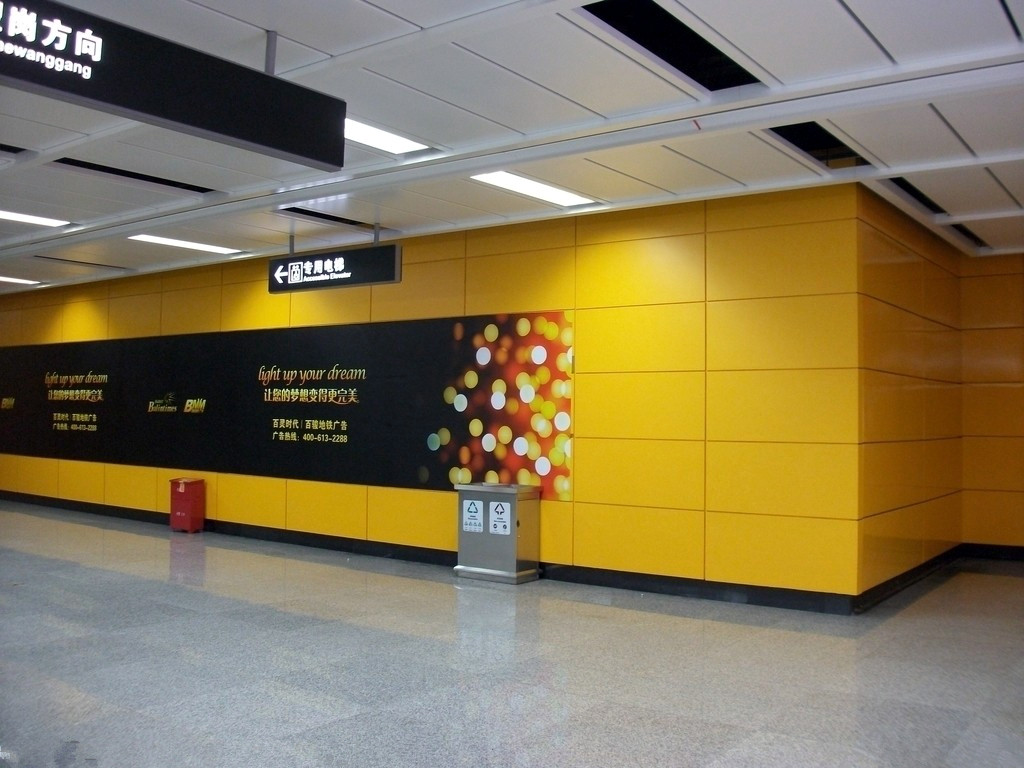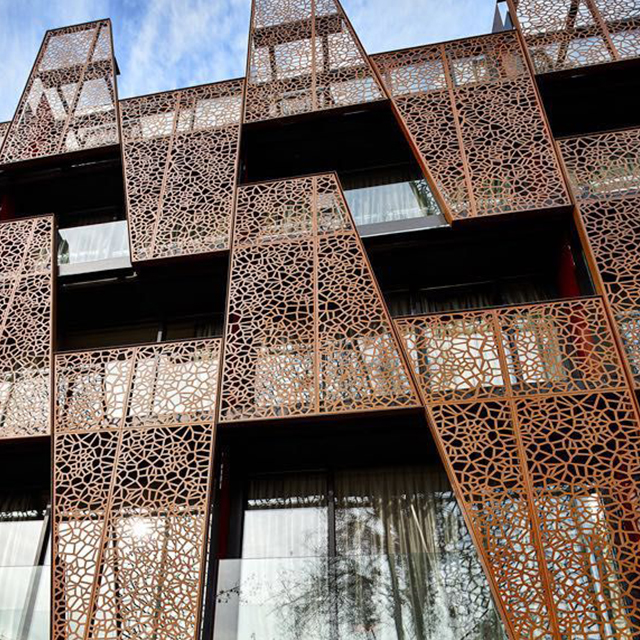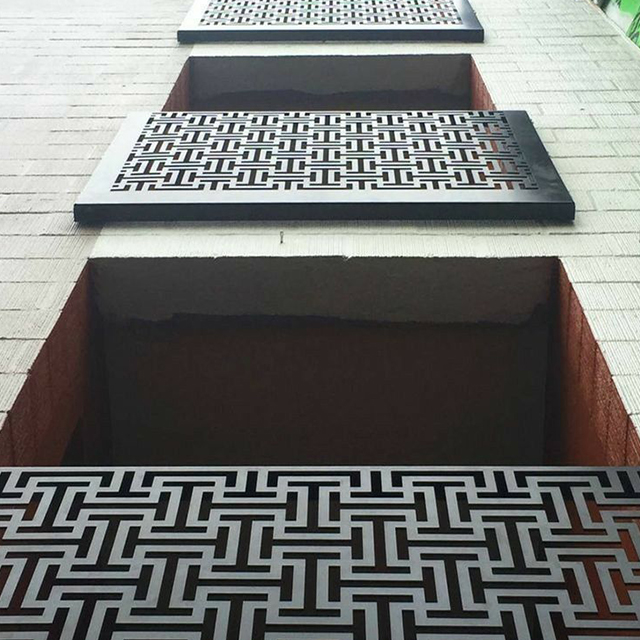Aluminum modern cladding systems are increasingly popular in contemporary architecture due to their versatility, durability, and aesthetic appeal. This guide provides an in-depth look at aluminum cladding systems, covering their types, benefits, applications, installation process, and maintenance. Whether you’re an architect, builder, or property owner, understanding these systems can help you make informed decisions for your projects.

Types of Modern Cladding Systems
Aluminum Composite Panels (ACP)
Aluminum Composite Panels (ACP) consist of two thin layers of aluminum bonded to a non-aluminum core, typically polyethylene. ACPs are known for their lightweight, durability, and design flexibility.
- Applications: Ideal for exterior facades, signage, and interior design.
- Advantages: Lightweight, durable, available in various colors and finishes, easy to install.
Solid Aluminum Panels
Solid aluminum panels are made from a single sheet of aluminum, offering high strength and durability. They can be perforated, patterned, or finished to create unique architectural designs.
- Applications: Suitable for high-impact areas, such as building exteriors, canopies, and column covers.
- Advantages: Strong, durable, and can be customized with various textures and finishes.
Aluminum Corrugated Panels
Aluminum corrugated panels have a wavy surface that provides additional strength and rigidity. These panels are often used in industrial and commercial buildings.
- Applications: Ideal for roofing, wall cladding, and ceiling systems.
- Advantages: Lightweight, strong, and easy to install, with excellent thermal and acoustic insulation properties.
Aluminum Perforated Panels
Aluminum perforated panels feature a pattern of holes or perforations, allowing for ventilation and light diffusion while maintaining privacy.
- Applications: Suitable for facades, sunscreens, balustrades, and interior partitions.
- Advantages: Provides ventilation and light diffusion, customizable patterns, and enhances aesthetic appeal.
Aluminum Honeycomb Panels
Aluminum honeycomb panels consist of two aluminum sheets bonded to a honeycomb core. This structure provides exceptional strength and rigidity while remaining lightweight.
- Applications: Commonly used in high-performance architectural applications, such as curtain walls, roofing, and interior partitions.
- Advantages: Lightweight, strong, and excellent thermal and acoustic insulation.
Benefits of Aluminum Cladding Systems
Aesthetic Appeal
Aluminum cladding systems offer a sleek, modern look that enhances the visual appeal of any building. They are available in various colors, finishes, and textures, allowing for creative and unique designs.
Durability
Aluminum is highly durable and resistant to corrosion, making it suitable for various environmental conditions. It can withstand harsh weather, UV radiation, and pollution, ensuring a long lifespan.
Lightweight
Aluminum cladding systems are lightweight, reducing the load on the building structure and making installation easier and faster.
Energy Efficiency
Aluminum cladding systems can contribute to energy efficiency by providing excellent thermal insulation and reducing heat transfer. This can help lower energy costs and improve the building’s overall energy performance.
Sustainability
Aluminum is a recyclable material, making aluminum cladding systems an environmentally friendly choice. The production process is also energy-efficient, further reducing their environmental impact.
Low Maintenance
Aluminum cladding systems require minimal maintenance. They are easy to clean and do not require frequent painting or sealing, reducing long-term maintenance costs.
Applications of Aluminum Cladding Systems
Commercial Buildings
In commercial buildings, aluminum cladding systems provide a professional and modern appearance. They are commonly used in office buildings, retail stores, and hotels to create an impressive exterior.
Residential Buildings
Aluminum cladding systems are increasingly popular in residential buildings. They can be used to create contemporary designs in single-family homes, apartment complexes, and condominiums.
Industrial Facilities
Aluminum cladding systems are ideal for industrial facilities due to their durability and low maintenance requirements. They can withstand harsh environments and provide a robust protective layer for warehouses, factories, and other industrial buildings.
Public Buildings
In public buildings such as schools, hospitals, and community centers, aluminum cladding systems offer durability, low maintenance, and a modern aesthetic. They are also suitable for large-scale projects like airports and stadiums.
Interior Design
Aluminum cladding systems are not limited to exterior applications. They are also used in interior design to create feature walls, partitions, ceilings, and other decorative elements.
Installation Process of Aluminum Cladding Systems
Installing aluminum cladding systems involves several key steps to ensure a secure and professional finish.
Planning and Design
- Site Survey: Conduct a thorough site survey to assess the building structure and determine the installation requirements.
- Design Selection: Choose the appropriate aluminum cladding system based on design specifications, performance requirements, and aesthetic preferences.
- Material Procurement: Source high-quality materials from reputable suppliers to ensure the longevity and performance of the cladding.
Surface Preparation
- Cleaning: Ensure the surface is clean, dry, and free of any debris or contaminants.
- Inspection: Inspect the building structure for any defects or damage that need to be addressed before installation.
Installation of Support Structure
- Framework Installation: Install the supporting framework, such as aluminum or steel brackets and rails, to secure the cladding panels.
- Alignment: Ensure the framework is level and properly aligned to achieve a uniform and professional appearance.
Panel Installation
- Positioning: Position the aluminum panels according to the design layout, ensuring consistent spacing between each panel.
- Fastening: Secure the panels to the supporting framework using the recommended fasteners or clips, ensuring they are firmly in place.
- Sealing: Apply sealants and caulking to joints and seams to prevent water infiltration and ensure a weather-tight seal.
Finishing Touches
- Inspection: Inspect the installation to ensure all panels are securely attached and aligned.
- Cleaning: Clean the panels to remove any installation debris and fingerprints.
- Final Adjustments: Make any necessary final adjustments to ensure the panels are properly aligned and secured.
Maintenance Tips for Aluminum Cladding Systems
Maintaining aluminum cladding systems is straightforward and can extend their lifespan and maintain their appearance.
Regular Cleaning
- Dusting and Washing: Regularly dust and wash the panels using mild soap and water to remove dirt, grime, and environmental pollutants.
- Avoid Harsh Cleaners: Avoid using abrasive cleaners or harsh chemicals that can damage the finish or protective coatings.
Routine Inspections
- Visual Inspection: Conduct routine visual inspections to check for any signs of damage, such as dents, scratches, or loose panels.
- Structural Inspection: Inspect the supporting framework and fasteners to ensure they are secure and in good condition.
Prompt Repairs
- Address Damage Quickly: Promptly address any issues, such as corrosion or loose panels, to prevent further damage and maintain the integrity of the cladding.
- Touch-Up Paint: Use touch-up paint to repair any scratches or minor damage to the panels, ensuring a consistent and attractive appearance.
Conclusion
Aluminum modern cladding systems offer a versatile, durable, and aesthetically pleasing solution for various building applications. From aluminum composite panels to solid, corrugated, perforated, and honeycomb panels, there are numerous options to suit different design and performance requirements. By understanding the types, benefits, and installation process of aluminum cladding systems, you can make informed decisions for your next building project and achieve a professional and long-lasting result.

